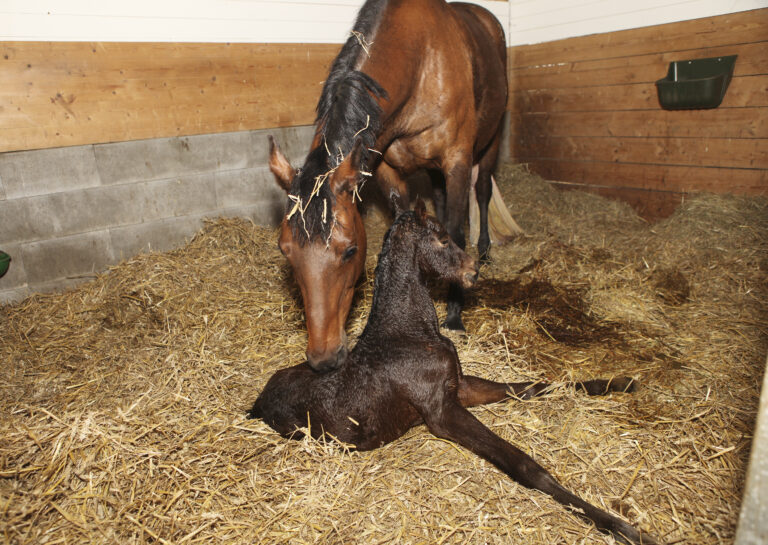A new article has been published in Equine Veterinary Journal titled, “Central tarsal bone fractures in horses not used for racing: computed tomographic configuration and long-term outcome of lag screw fixation.” The article is available for purchase or rent from Wiley.com.
Summary
Reasons for Performing Study
There are no reports on the configuration of equine central tarsal bone fractures based on cross-sectional imaging and clinical and radiographic long-term outcome after internal fixation.
Objectives
To report clinical, radiographic and computed tomographic findings of equine central tarsal bone fractures and to evaluate the long term outcome of internal fixation.
Study Design
Retrospective case series.
Methods
All horses diagnosed with a central tarsal bone fracture at our institution between 2009–2013 were included. Computed tomography and internal fixation using lag screw technique was performed in all patients. Medical records and diagnostic images were reviewed retrospectively. A clinical and radiographic follow-up examination was performed at least one year postoperatively.
Results
A central tarsal bone fracture was diagnosed in 6 horses. Five were Warmbloods using for showjumping and one was a Quarter Horse used for reining. All horses had sagittal slab fractures that began dorsally, ran in a plantar or plantaromedial direction and exited the plantar cortex at the plantar or plantaromedial indentation of the central tarsal bone. Marked sclerosis of the central tarsal bone was diagnosed in all patients. At long term follow-up, 5/6 horses were sound and used as intended although mild osteophyte formation at the distal intertarsal joint was commonly observed.
Conclusions
Central tarsal bone fractures in non-racehorses had a distinct configuration but radiographically subtle additional fracture lines can occur. A chronic stress related aetiology seems likely. Internal fixation of these fractures based on an accurate diagnosis of the individual fracture configuration resulted in a very good prognosis.
Authors
S. Gunst, A. E. Furst, and J.M. Kuemmerle, Equine Hospital, Vetsuisse Faculty, University of Zurich, Switzerland; F. Del Chicca, Clinic of Diagnostic Imaging, Vetsuisse Faculty, University of Zurich, Switzerland.








